With July Fourth looming, many of us are revving up search engines to find the best local spots for viewing this year’s fireworks. As it turns out, there’s quite the historical precedent for this: The first Independence Day fireworks were set off on July 4, 1777, honoring John Adams’ wish to mark the occasion with “Bonfires and Illuminations from one End of this Continent to the other from this Time forward forever more.”
Two hundred and forty-two years later, we’re still doing just that. Over the years, pyrotechnic capabilities, quite literally, have exploded. So, too, has awareness of, and need for, safety. Read on to keep yourself and your children safe and out of the hospital this holiday.
Most fireworks-related injuries we see in the pediatric Emergency Department (ED) are from fireworks people purchase legally. And almost all of these injuries occur in the days surrounding the July Fourth holiday: Last year at Children’s National in Washington, D.C., more than 85% of the year’s total ED firework injury visits occurred over four days, from July 3 to 6.
The term “safe and sane” is often used to describe fireworks that do not explode or fly through the air. Do not be lulled into a false sense of security by this classification; all fireworks have the potential to cause harm.
- Sparklers burn at temperatures upwards of 2,000o F. This is equivalent to handling a blowtorch or picking up hot coals from a fire. It is hot enough to melt gold, silver and a host of other metals.
- Even after completely burning out, sparklers may remain as hot as 120oF for one full minute or longer.
- Most sparkler injuries are seen in children aged 5 years and younger. Even if your child is not the one holding the sparkler, all it takes is a quick grab for that shiny, alluring flame. Just a couple seconds of contact can result in a deep burn and lifetime scar.
- Older children are also at risk. Teens with easy access to online “how-to” videos on tinkering with commercially available fireworks can sustain devastating and permanent injury.
- Burns are the most common firework-related injury. They are most likely to occur on the hands, head and neck – leading to lasting cosmetic and functional effects. Second in line to burns is eye trauma. In severe cases, kids may suffer partial or complete vision loss.
At the most extreme end of the fireworks injury spectrum are amputations and even death.
The bottom line? There is no “child-safe” consumer firework. And parental supervision, while always a good thing, is simply not enough: More than half of pediatric fireworks injuries occur under direct and adequate parental supervision. Bear in mind that the American Academy of Pediatrics recommends banning private sale and use of fireworks.
Unfortunately even bystanders can be hurt by others using commercial fireworks. If, despite every precaution, your child sustains an injury, here’s what to do:
For a burn:
- Immediately remove any tight clothing or jewelry
- Wash the burn under cool – not cold – running water until the pain subsides
- Cover the burn with a dry bandage or piece of cloth
- Do not apply any ointments, lotion, butter or other at-home remedies and
- Seek medical attention.
For an eye injury:
- Do not rub/rinse/apply pressure
- Do not remove any foreign bodies and
- Seek immediate medical attention.
While there’s no doubt our flashy, powerful modern-day pyrotechnics would dazzle the Founding Fathers, let’s make sure our adherence to safety is equally dazzling. Leave the fireworks to the professionals; focus your attention on crafting the perfect Fourth of July picnic basket, and go out to enjoy a public fireworks display.
 https://riseandshine.childrensnational.org/wp-content/uploads/2025/06/mom-doing-first-aid-feature.png
300
400
Danielle Robbins
https://riseandshine.childrensnational.org/wp-content/uploads/2017/11/childrens_riseandshine_logo.jpg
Danielle Robbins2025-06-18 15:04:502025-06-18 15:04:50Basic first aid skills every parent should know
https://riseandshine.childrensnational.org/wp-content/uploads/2025/06/mom-doing-first-aid-feature.png
300
400
Danielle Robbins
https://riseandshine.childrensnational.org/wp-content/uploads/2017/11/childrens_riseandshine_logo.jpg
Danielle Robbins2025-06-18 15:04:502025-06-18 15:04:50Basic first aid skills every parent should know




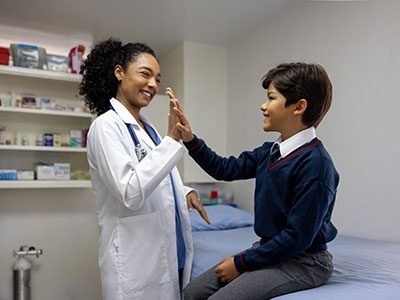

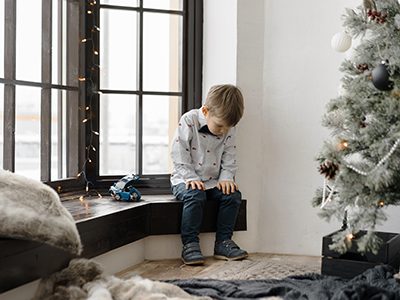
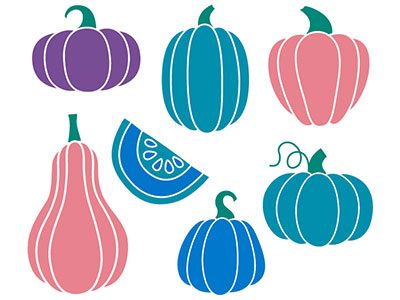

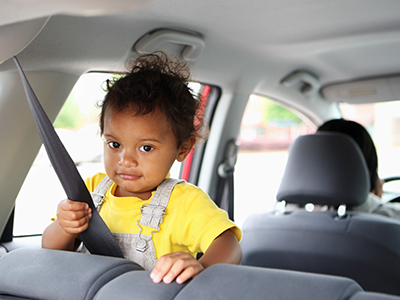
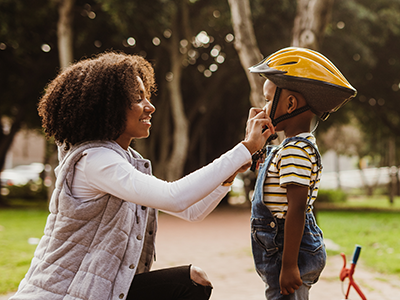
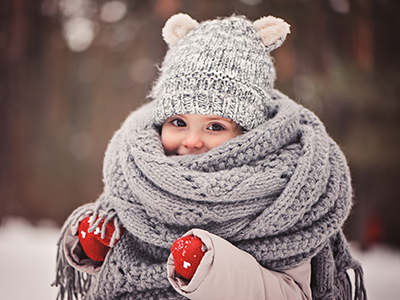
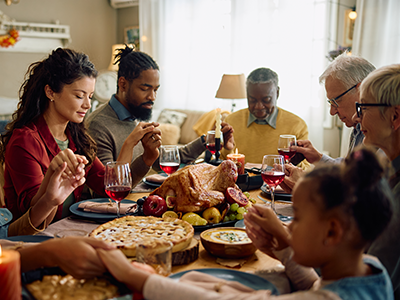
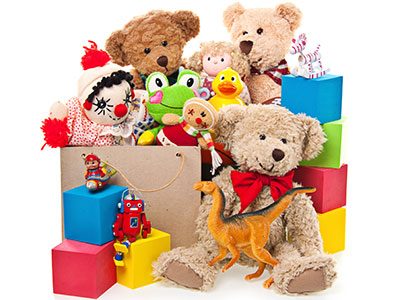

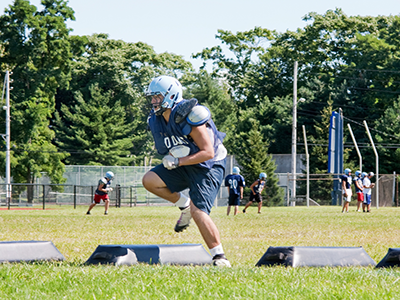

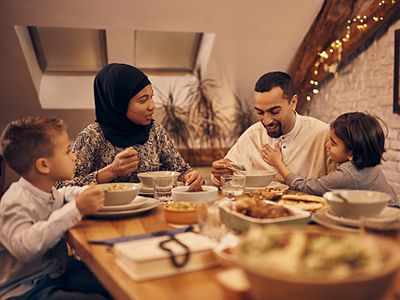

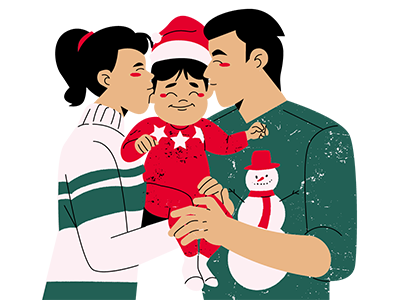
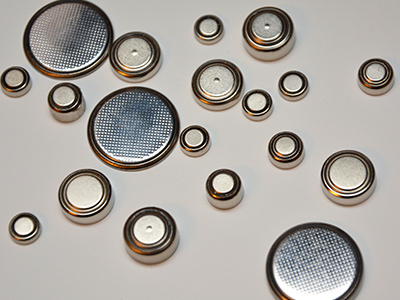
Leave a Comment
Want to join the discussion?Feel free to contribute!